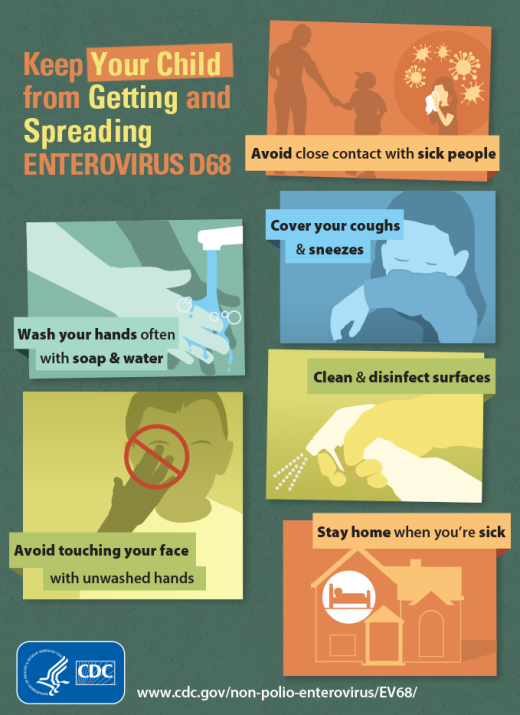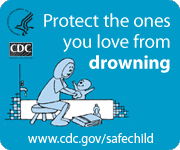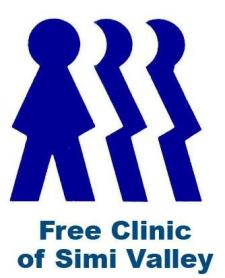Camarillo Health Care District Provides Quality Health and Wellness Services
/The Camarillo Health Care District ensures quality health and wellness services are available to all District residents. The District is an independent special district and public agency formed in 1969 to provide community-based healthcare services, under the statutes of the State of California Health & Safety Code.
The award-winning District is on the leading edge of community health and wellness by offering innovative programs and services, including:
- Adult Day Center & Support Services (805) 388-1952 x111
- Care-A-Van Transportation (805) 388-2529
- Caregiver Training, Education and Support (800) 900-8582
- Care Transitions Services (Hospital to Home) (800) 900-8582
- Counseling Services – Legal, Financial, & Emotional (800) 900-8582
- Evidence-Based Programs (800) 900-8582
- Exercise Classes (805) 388-1952 x100
- Fall Prevention & Home Modifications (800) 900-8582
- Health Education & Advocacy Classes (805) 388-1952 x100
- Health Screenings (805) 388-1952 x100
- Lifeline Personal Help Button (805) 388-1952 x120
- One-On-One Care Consultations (800) 900-8582
- Senior Nutrition Program (805) 388-1952 x100
- Senior Support Line (800) 235-9980
- Support Groups (800) 900-8582
- Wellness & Caregiver Center of Ventura County (800) 900-8582
The District in partnership with Food Share of Ventura County hosts a Free Produce Day on the 2nd Thursday of each month from 11am to 1pm. Open to the general public! Stop by and receive several varieties of seasonal produce each month at this event.
For more information, visit www.camhealth.com, stop by the campus at 3639 E. Las Posas Road, Suite 117, Camarillo, or call (805) 388-1952 ext. 100.









